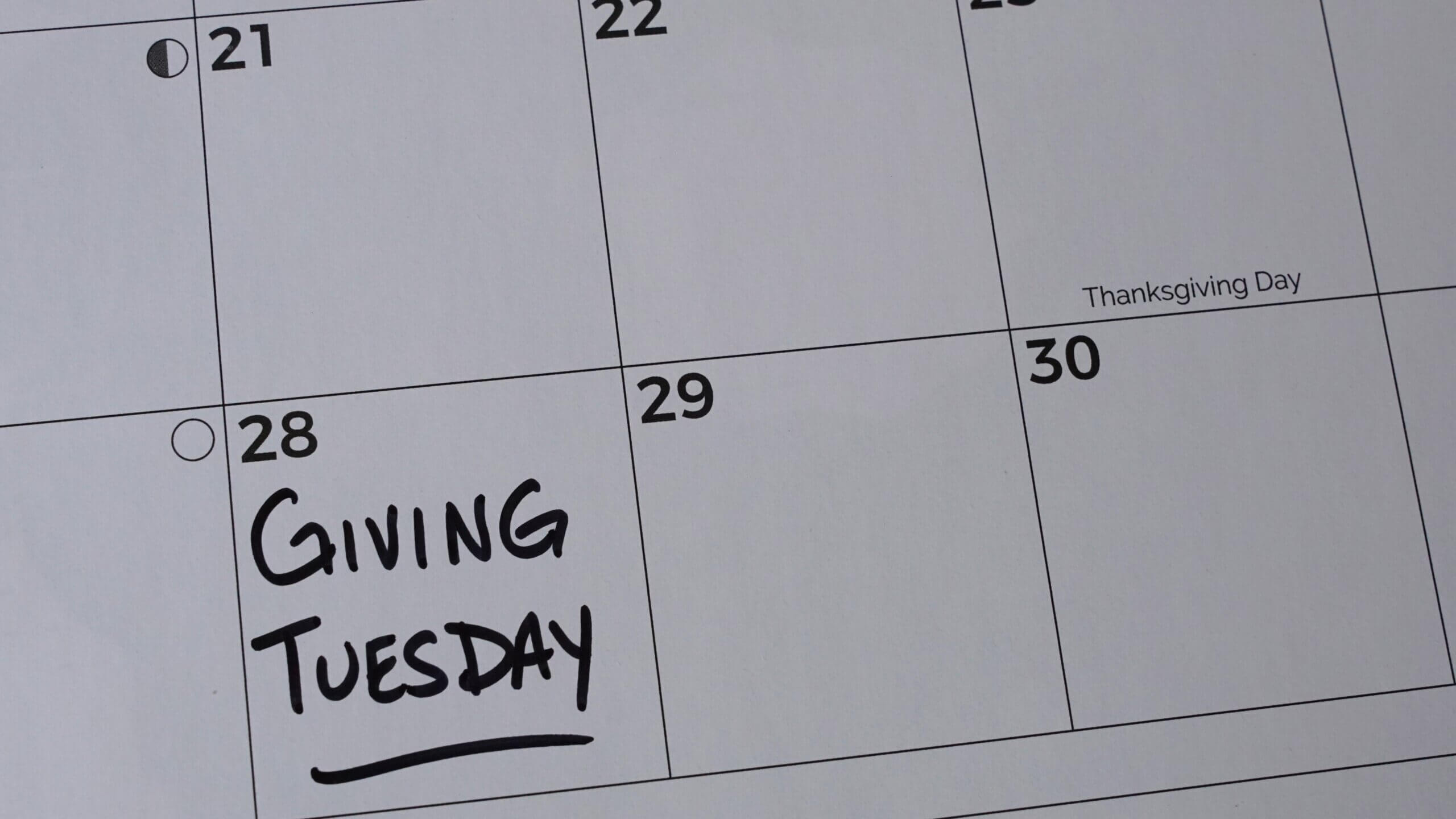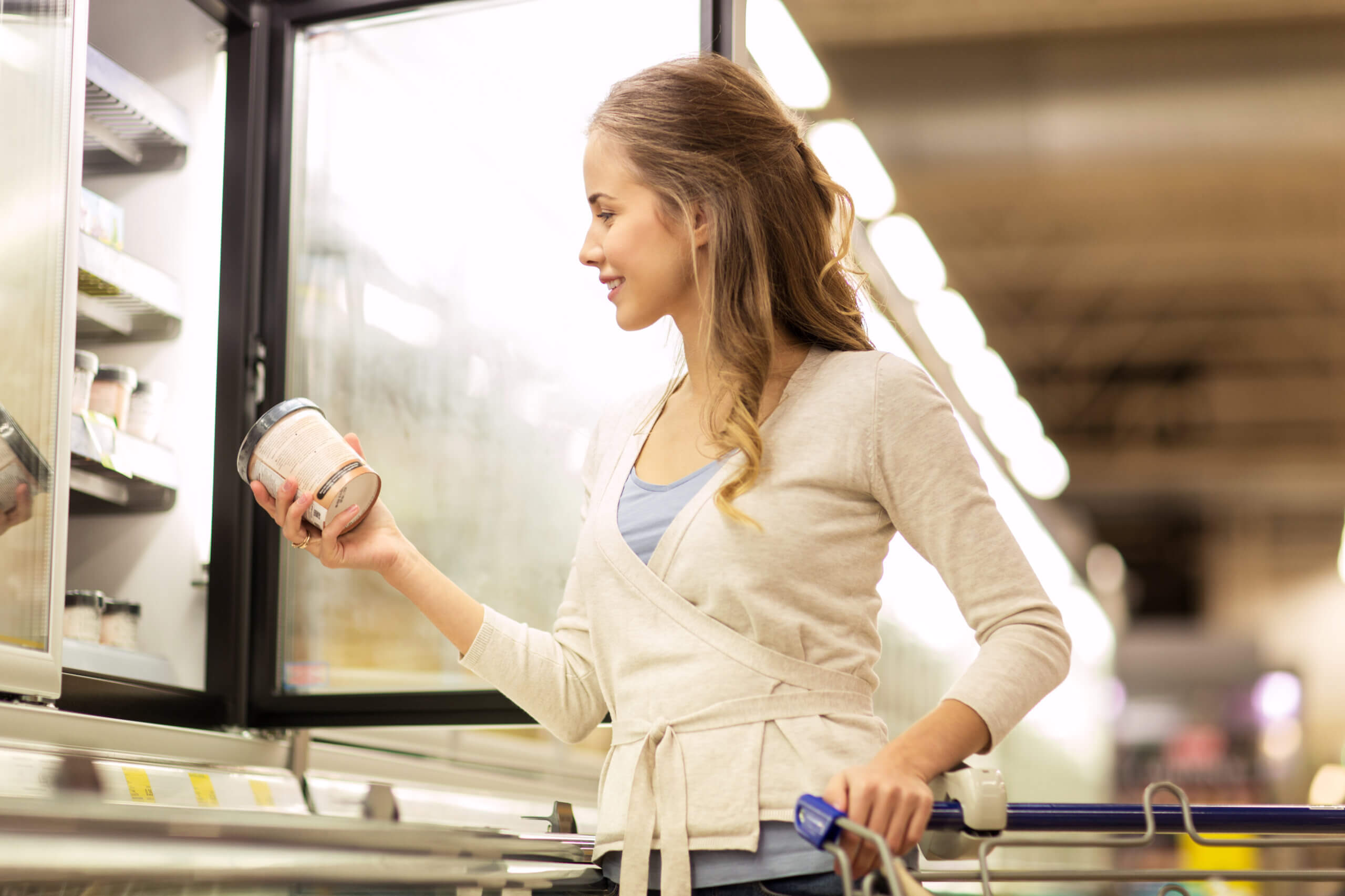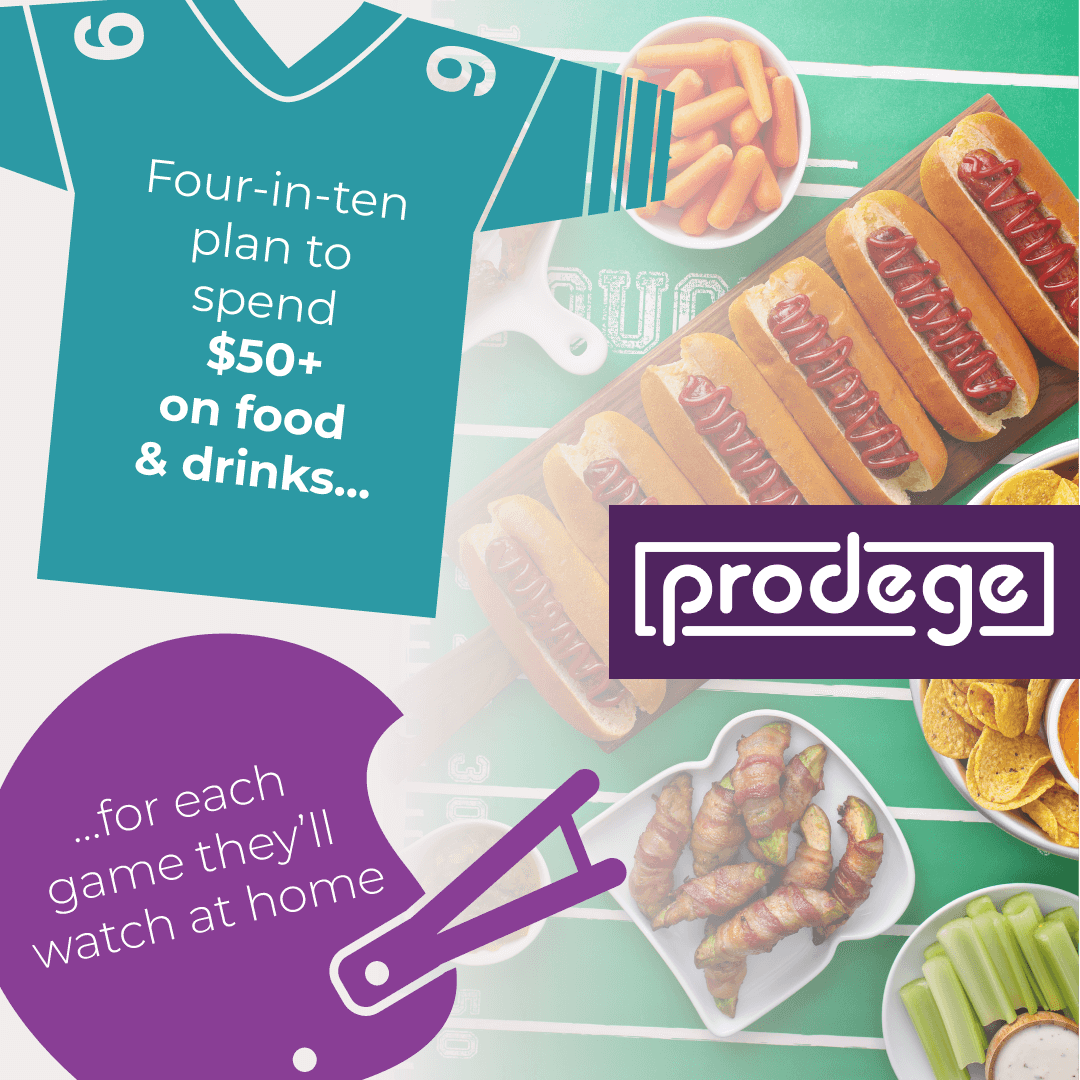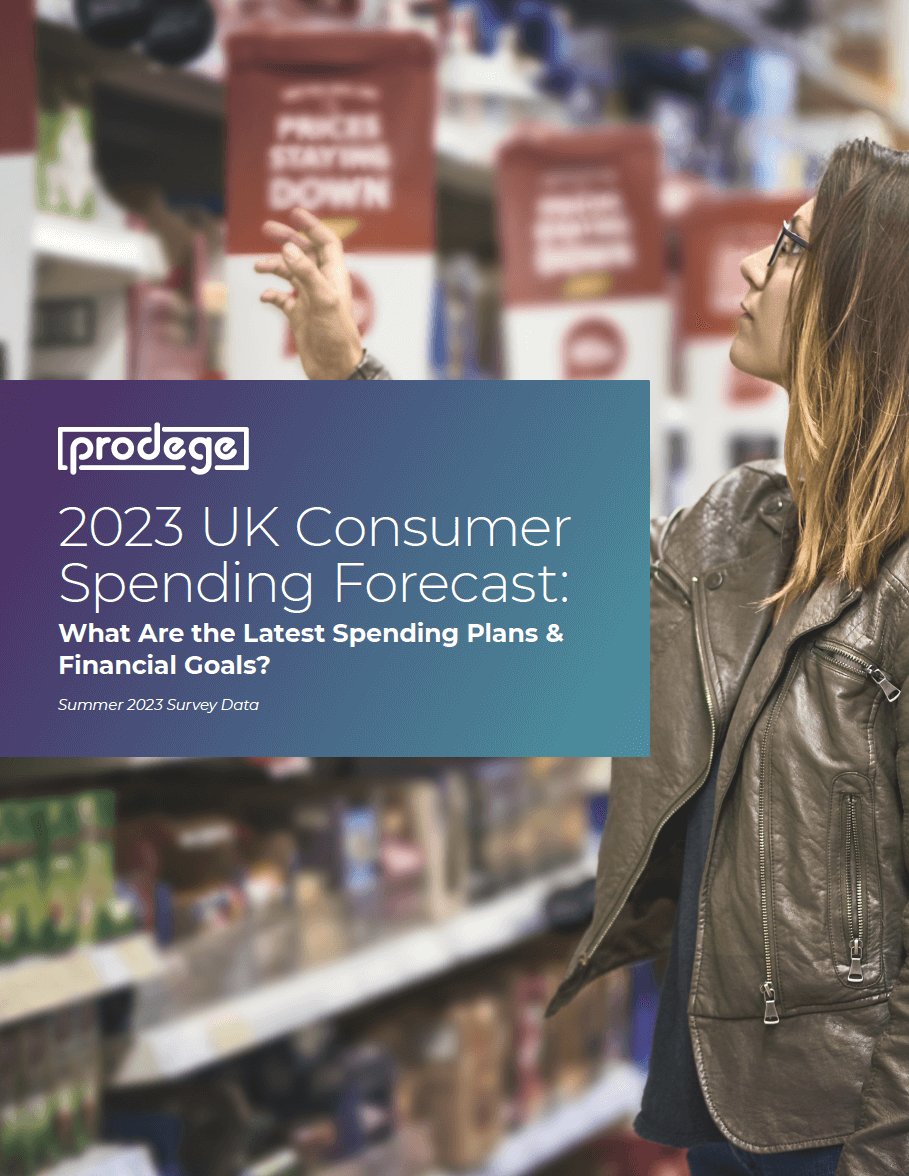In recent months, self-checkout has become a popular area of discussion for retailers and brands alike. Curious to understand if self-checkout meets shoppers’ needs, why they use it and if it negatively impacts perceptions of the store, we reached out to a targeted group within our network to get their feedback. Are those who shop in-store for groceries and everyday household items just looking for more socially-distanced shopping solutions due to the pandemic? Read on to find out.
It should come as no surprise that self-checkout meets the needs of those who are in a time crunch and want to get in and out of the store as quickly as possible. Self-checkout users are 30% more likely to be Gen Z or Millennial, and almost 20% more likely to be male.
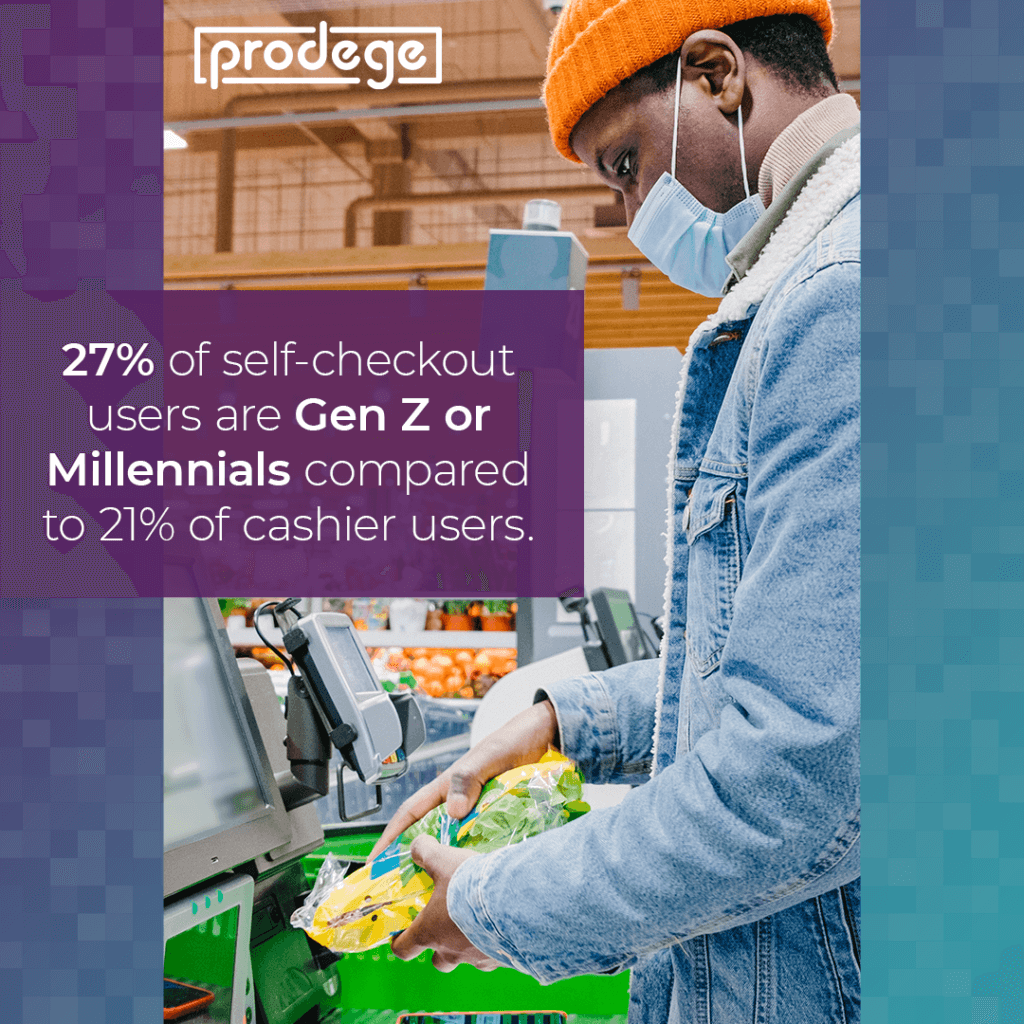
Self-checkout shoppers also prioritize getting in and out quickly. They are more likely to know exactly what they need, make more frequent trips to the store, and make fewer impulse purchases. Those who use a cashier generally take their time, spending up to 60 minutes browsing aisles with an average cart of $70, whereas self-checkout shoppers typically spend no more than 30 minutes in the store and spend $57 on average.
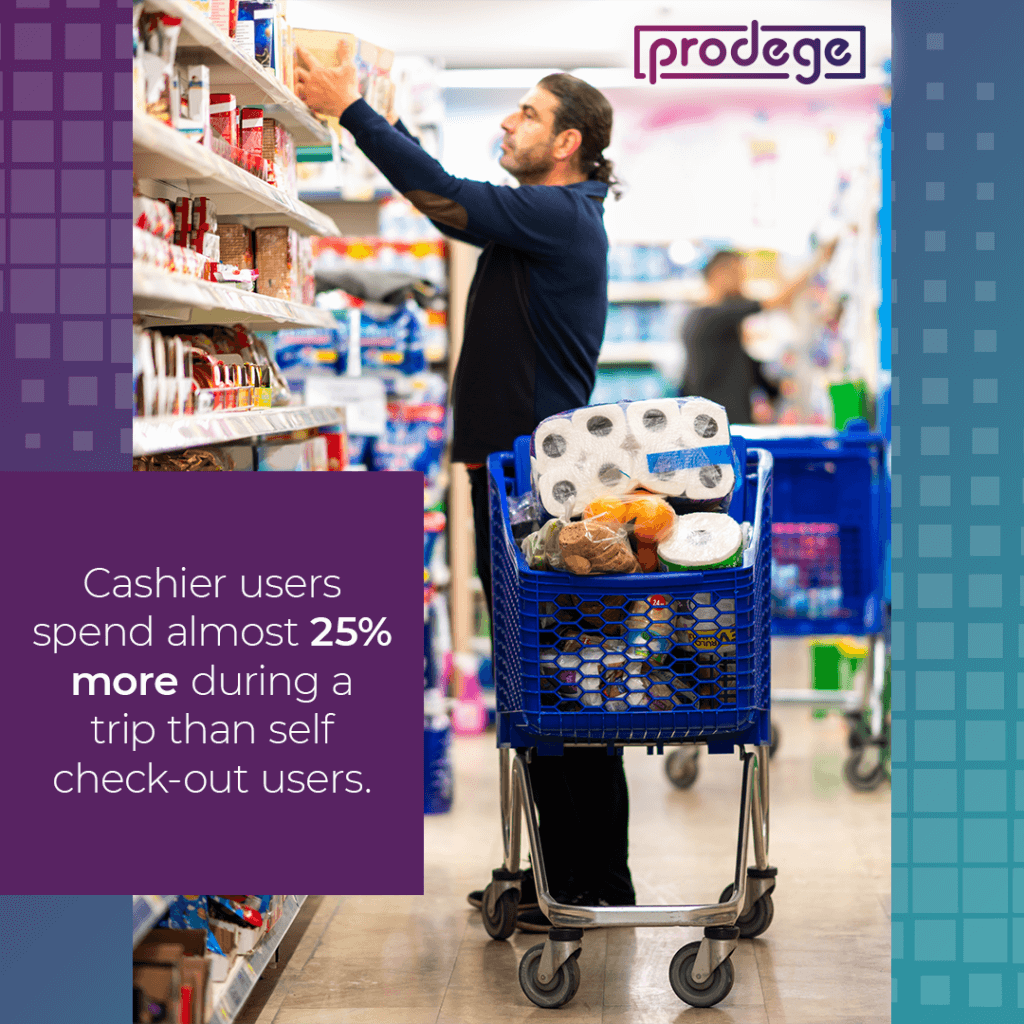
Despite their quick in and out trip, self-checkout shoppers admit to more challenges in the store, such as items being out of stock or difficult to find. But they are also less likely to ask for help or talk to a member of staff. Could this be due to them wanting to get in and out of the store with as little interaction as possible?
Perhaps, but challenges during their trip may also lead to self-checkout shoppers reporting less satisfaction with their trip overall. Cashier shoppers are more likely to have a pleasant shopping trip, with 10% more cashier shoppers saying they were satisfied, positive, confident, or appreciated during their trip.
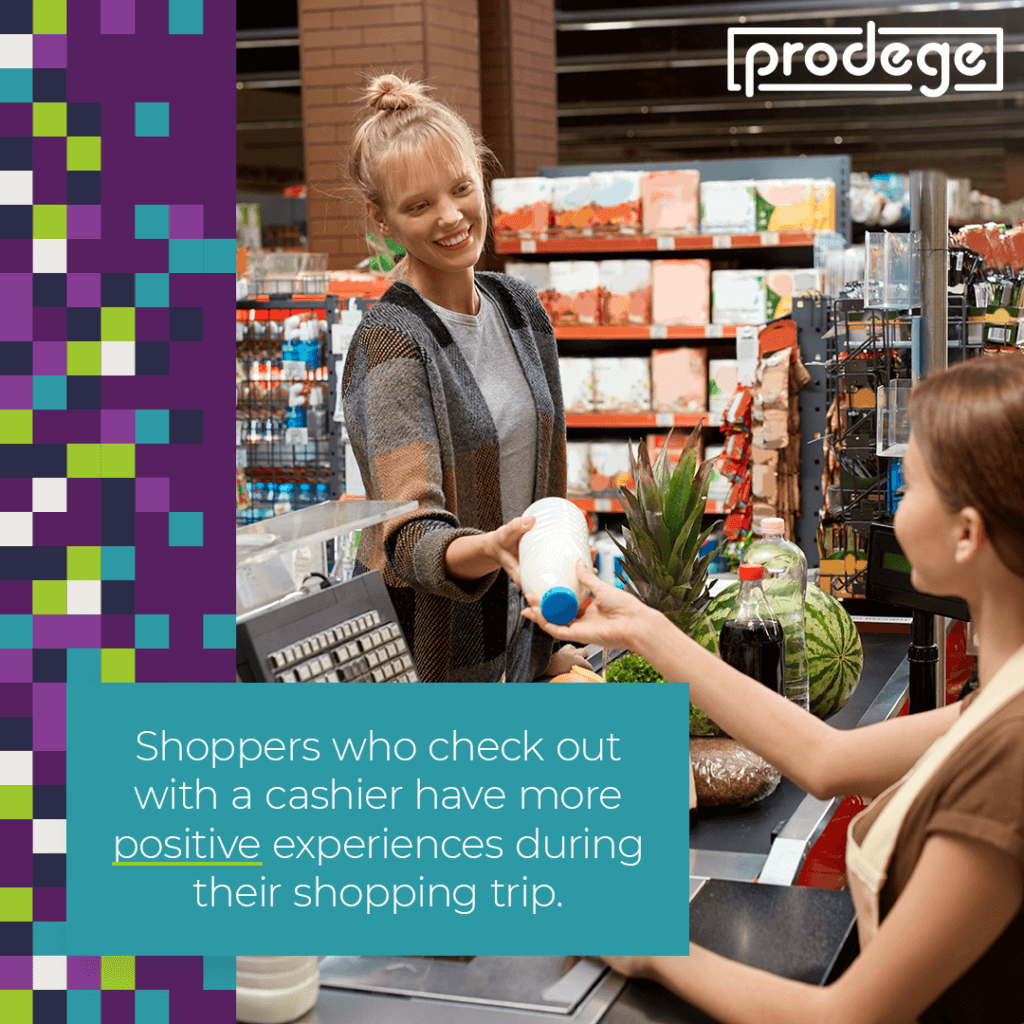
Despite differences in how much they enjoyed their shopping trip, cashier and self-checkout users are equally as likely to return to the same store, with 84% of both cashier shoppers and self-checkout shoppers admitting they would definitely shop at the store again!
With both groups surveyed similarly likely to shop at the same store regardless of differences in their trip experiences, does that mean the in-store experiences don’t drive the likelihood of repeat visits? It seems more likely that self-checkout users are less enthusiastic about shopping in general. Despite the fact that they want to get in and out of the store as quickly as possible, a quick interaction with a store employee to make sure they have everything they need could give them a more positive impression of the store and a greater guarantee that they will return soon to use self-checkout again.
If you’re looking for more retailer insights, stay tuned for upcoming content that centers around shoppers and their recent in-store experiences at various retailers. In the meantime, be sure to check out our category insights for in-depth data on the path to purchase!

Katie Crockford
Share This Article
Recent Press Releases
Upromise Extends a Helping Hand to Student Loan BorrowersWith 68% of borrowers making financial sacrifices to repay their student loans, Upromise now offers [...]
71% of Self-identified Snorers Have Never Consulted a Healthcare ProfessionalNational survey identifies major obstacles to treating snoring and sleep issues June 28, 2023 08 [...]
Prodege’s 2023 Summer Survey: 55% of Americans Plan to Travel This Summer45% will travel more than last summer. 73% plan to drive with 36% planning to fly to their summ [...]



